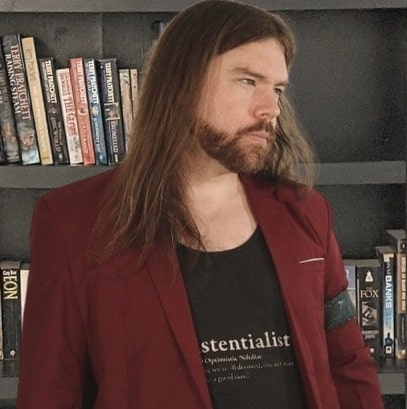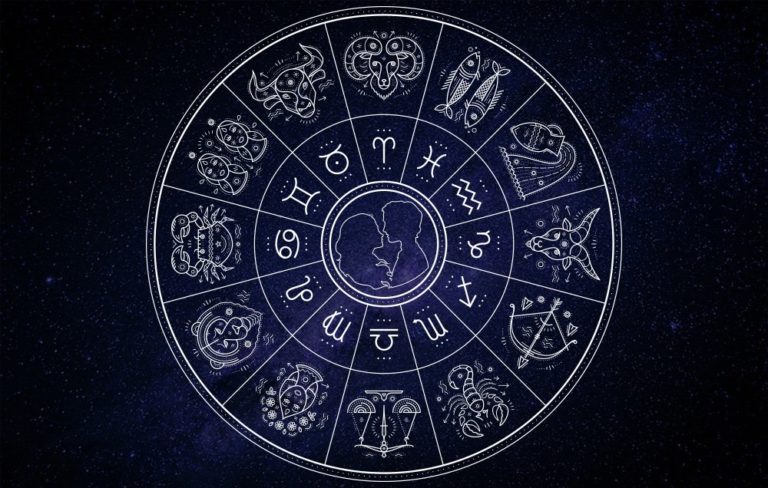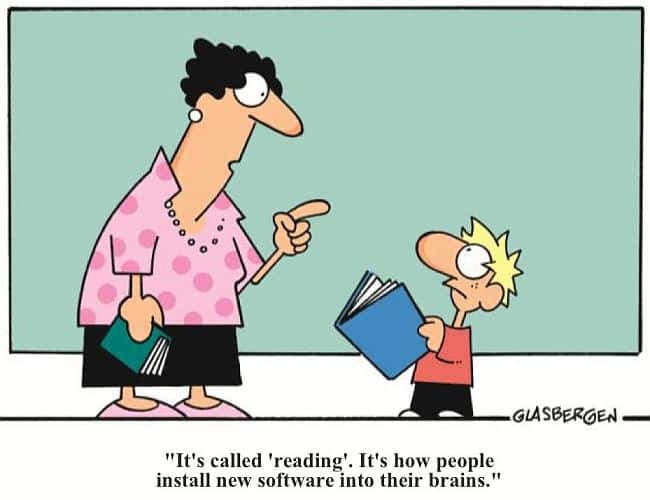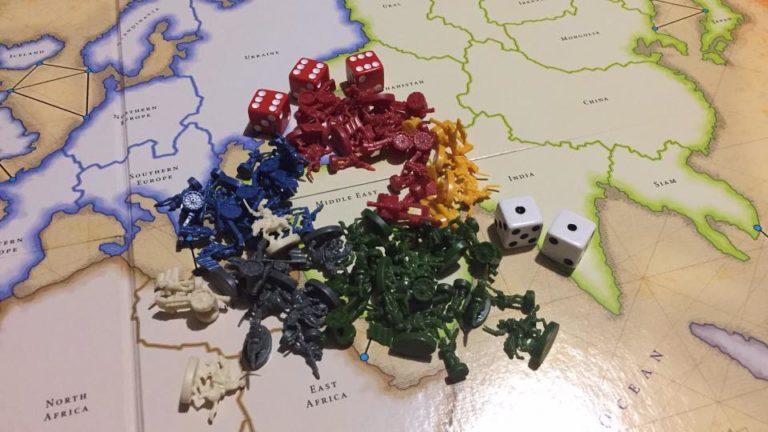How Ideas Get Distributed
The modern world is overrun by competing ideologies. Post-modernism, consumerism, socialism, capitalism, communism, militarism. Cultural trends pervade our society as well. Pop music vs alternative, anime, comic books. All these things seem to run along tribal lines, don’t they? And then those tribes compete, often viciously, for whose set of values and whose interests and opinions are adopted into the mainstream.
The fact is that a human race functions more like an ant colony than we would like to believe. Ant colonies have specifically designated roles: scouts, soldiers, queens, and so on. The way that ant colonies decide which ants adopt which roles is by situational necessity. If it’s running low on soldier ants, the ants will emit pheromones that cause scout ants to instinctively convert their function, and so on. The human race is much more complex, but it’s not much different.
The reason I’m telling you about ant colonies is that these prevailing ideas and ideologies get distributed through society by a predictable method, and it’s based in humans’ desire to achieve status in their own fictional tribal hierarchy that they’ve developed.
New ideas, and I mean truly new ideas, are often pioneered by highly intelligent free-thinkers. These ideas are usually ridiculed and rejected by society at large because they go against the prevailing ideology on which most people have pinned their identity. Just like when Galileo posited that the Earth revolves around the sun, or when scientists suggested the Earth was not, in fact, flat, intellectual authorities of the day had a tremendous backlash because it represented a threat to their intellectual authority and the public’s blind trust in their explanations of how the world worked.
What tends to happen, though, is that these ideas are so compelling and so airtight, that the next level of intellectual, the sort of highly educated academics, study them and find tremendous merit. These people are often stifled in their own intellectual pursuits due to the biases and vested interests of the academies to which they’re a part, and also to their own training, which trains them to appreciate, curate and cite the knowledge of truly original thinkers. While the academy does produce many original thinkers, those people are often fighting with the system for adoption of those ideas. These second rung intellectuals, understanding the complex, esoteric conclusions of the free-thinkers, adopt those ideas and debate them. These intellectuals typically come to fully understand and appreciate the new ideas, debating and dissecting them until they have a complete, cohesive understanding of their meaning in a deep way.
Following that, these academics, who often take credit for the ideas at this point, as though they thought of them instead of just being exposed to great ideas cast to obscurity, teach them in their classes to the next rung of intellectual — the highly educated practitioner. These are the people who go on to be CEOs, business leaders, heads of the media, professionals (lawyers, doctors and engineers), and these professionals use these ideas as proof of status, propagating them with the incentive of proving their own hierarchical superiority over their subordinates. These highly educated young professionals see value in promoting the brand of education that was inseminated into them as it increases their own value in society, and they tend to, at the very least, understand the general concepts of these ideas.
The next level of thinker below that operates on a purely tribal basis, adopting ideas for social status and social cohesion. They adopt these ideas not because they fully understand the concepts, but because they want to be accepted by their intellectual superiors, or often to emulate them and hopefully rise to their position. These people are often socially very intelligent, but by this point the ideas are typically diluted so that they can be understood at, frankly speaking, lower levels of IQ. This level is still a moderately high IQ level, roughly the 120 range. These people use the ideas not only to ingratiate themselves with their betters, but also to establish their position in small group dynamics. They become the “politics” guy in their group, or the “movie” guy, or, in other words, the smartest person in the room in their smaller pond.
From that point, all of these people have a vested interest in these ideas becoming popularized and they do so, each at their individual level, by leveraging their own power. The highest level, the academics, leverage the academy to spread it to the professionals. The professionals use their positions of power in institutions to disseminate the ideas through the engines of their organizations: media organizations, professional organizations, etc. The social climbers spread these ideas both to try to educate their sycophants in competition with other social climbers and so establish their own social position.
In each distributive ritual, these players are all simplifying the ideas and aiming them at those below them on the social hierarchy. As it gets disseminated further, the ideas go from formats of dense philosophy and scientific essays to formats of erudite articles in professional-level publications like The Atlantic, The Economist, Quillette, the New York Times, etc. People read these publications to socially boast about reading them as a pursuit of social status. Members of their tribe, wishing for status, agree, and then further disseminate. As the ideas become more and more popular and begin to reach the lower IQ levels, beginning with the social climbers, they begin to be molded into entertainment media. They begin to inform the themes of novels, TV shows and films.
Thus, the ideas, combined with entrancing fictional elements like drama and action, can be understood in a simplified way by the masses, and those ideas begin to tie groups together into a culture, a group of people who share the same ideas and values.
Let’s take a brief look at some of the ideas we see in modern times. The philosophers Lacan and Derrida talked, at a high and complex level, about solipsism and the idea that you can never truly know the experience of the person; that experienced life is as subjective as it is objective, and that the physical world is illusory. Derrida, in particular, segued this discussion into the theory of post-modernism, wherein experience, or work, can be decided by its observer rather than its author. It’s more complicated than that, he was really saying meaning was a conversation between the observer and the author, but that’s what post-modernism warped it into, so let’s go with that. Based on the work of Derrida, humanities departments began teaching deconstruction criticism; reading works from a perspective based in the observer’s experiential framework (colonialist deconstruction, feminist deconstruction, etc).
I’m not here to debate that, only using it for an example of ideas being spread (for the record, deconstruction criticism is pointless because it always proves its own perspective — because you’re specifically looking for evidence, and anything can be evidence of whatever you decide it is, since the observer’s perception is as important as authorial intent, it invariably proves its own hypotheses in all cases, thus making it a pointless and self-indulgent endeavor).
From the work of Lacan and Derrida, we get these types of educational models, which produce practitioners who then take these ideas out into the world of media, political advocacy, etc. A generation later, you begin to see the ideas of Lacan and Derrida, two people no mainstream person has ever heard of, begin to appear in the themes of movies and TV shows. The Matrix, somewhat famously, is heavily influenced by the works of Lacan and Derrida, though in a different context, and the elaborate tapestry of identitarian media is steeped in the ideas of post-modernism. They use this media to proselytize an ideology, a framework for looking at the world.
Why am I telling you this? What’s the point of this article? I’m giving you insight into what I’m doing here. Near as I can tell, there are two ways to propagate ideas. The first is to come at it from the top and have these incredibly potent and cohesive intellectual, philosophical frameworks that intellectuals in the academy can sink their teeth into and have to contend with, lest they lose their own status as the intelligentsia. The second is to come at it from the bottom and create popular media that creates a groundswell that the people above it, whose ideas normally trickle down, have to contend with it, learn about it and adopt it, lest they lose their own status as the times change and also trends change.
This site promotes the ideas of spiritual nihilism, which are highly complex and esoteric. They are synthesized from ideas of difficult philosophers and theologians like Nietzsche, Kierkegaard, Alan Watts, Camus, Aristotle and the pre-socratics, as well as modern contemporary physicists and theoretical engineers, Jungian psychology, the great spiritual teachers of the world like the Dalai Lama, Rumi and others. These are not things you can just sit down and explain to people without taking hours and hours and making them read supporting material as is done by the intellectual layer of the academic intelligentsia, through their academic authority. Thus, I write these essays and the philosophy books to appeal to these academic authorities so that they can understand and support the dissemination of these ideas from the top-end. But to reach the mainstream, the people who are truly worthwhile and whose opinion truly dictates the sway of culture, these ideas have to be couched in personas, heroes and villains, storytelling, drama, mystery, intrigue, rebellion and all of these other facets of the human experience that people find compelling. Thus, the idea there is to create popular media directly and skip the hierarchical dissemination entirely. The decentralized power of the internet allows this to be possible like never before. But as it becomes popular from the bottom, you want those academics and, to a lesser extent, the professionals at the top well-positioned to take advantage. It’s the engineering of a shift.
What becomes important to explain, on the social level, is the meaning of what I’m doing here. It is a supplanting of tribalism and consumerism with something much more interesting — a sort of cosmic spirituality that yearns for freedom from slavery, the ability to self-actualize for all, the elimination of scarcity through technological advancement, and yearns for those things cutting through narrow, existing political, social and religious dogmas. Without going too deep down this rabbit hole, we’re living in the final stages of the enlightenment, when the once-fresh ideas of the enlightenment have been mined barren and their limitations as a rejection of dogmatic Christianity and monarchism, and thus entangled with those ideas and requiring them as a foil, have begun to show their age and something new needs to exist to replace them. That something new is Spiritual Nihilism.
In other words, I know what I’m doing. Or at least I think that I do. I already see it working. I see the symbols of spiritual nihilism all around me in a way I’ve never seen before. The cosmos, death, esoterica, gnosticism and spirituality. Hands reaching for the stars. Skulls with flowers growing out of them. Sephira and alchemical symbology. These symbols are evidence of adoption, though the philosophy is much deeper and much more cohesive and much more dense than that. It has to do with simulation theory, many worlds theory, the chaos pendulum, Nietzsche’s “grand competition of values”, the evolution of passive nihilism to active nihilism, existentialism and absurdism, Daoist and Buddhist inward understanding and rejection of materialism, empowering self-actualization, futurism and embrace of technological and scientific advancement… etc… etc… etc… But, in other words, it appears to be working, and I’m going to continue my work.








